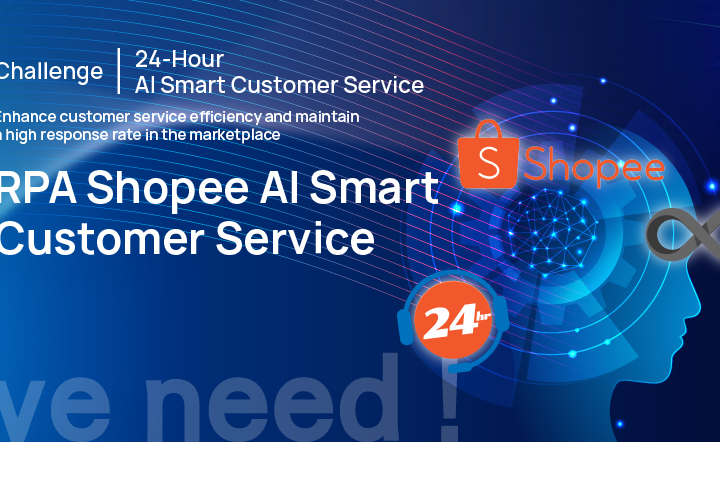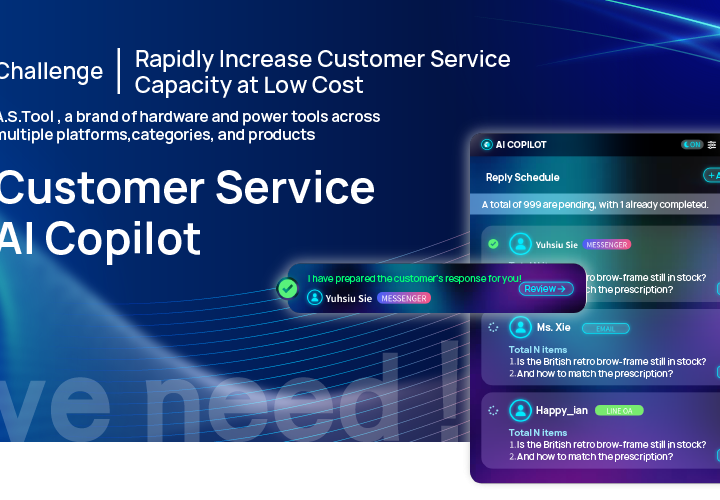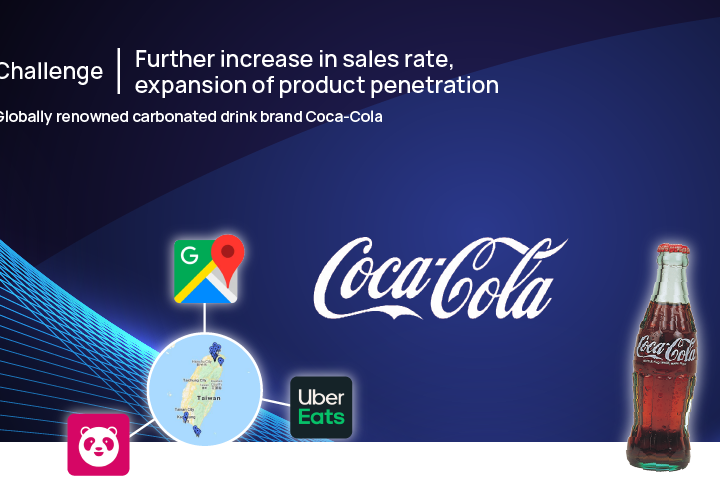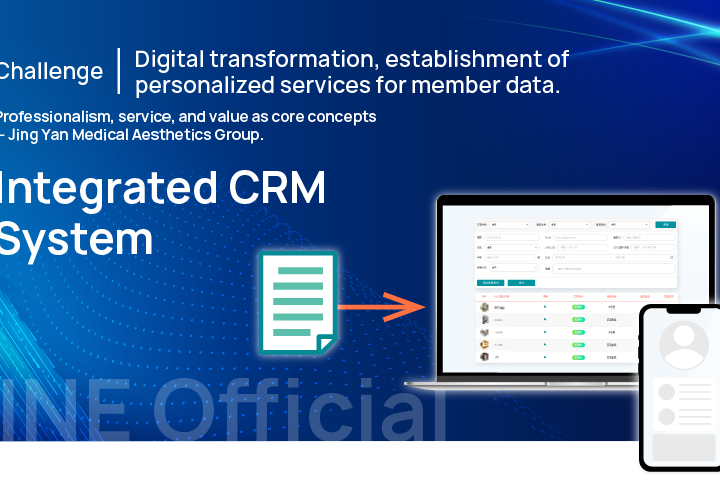【Digital Thinking】From Tables to Diagrams: So This is What a Database Looks Like
In business communication, have you ever encountered the following concerns: “This database format is not quite compatible with ours,” “Field adjustments are needed for integration,” or “Our database structure cannot support this configuration”? These issues seem to highlight one key point: databases play a crucial role in information systems, yet they are often constrained by format, fields, and structural limitations.
The Basic Concept of Databases: Examples from Everyday Life
To understand the essence of databases, we can start with a simple everyday example. Imagine you’re recording information about “all colleagues in your department.” Whether you use pen and paper, Excel, cloud spreadsheets, or even a note-taking app on your phone, these all represent the most basic forms of a database, capturing essential data related to your colleagues.
The Foundation of Relational Databases: Advantages of the Table Format
If attributes like “zodiac sign,” “phone number,” and “job title” are added to such data, it conforms to the typical structure of a Relational Database. This table format, where data is stored, queried, and updated in rows with a consistent structure, has become a common method for record-keeping in businesses and organizations.
Advantages of Relational Databases
- Intuitive Presentation: Clear field structures make data easy to understand at a glance.
- Efficient Querying: Field configurations enable quick retrieval of required information.
- Well-Defined Structure: Standardized data storage supports scalability and organized operations.
Relational databases are ideal for managing structured data. For example, when managing a pet food supplier, such a database can record detailed information like product names, prices, and inventory levels, making it easy to filter items that meet specific needs.
Limitations of Relational Databases
However, as data volumes increase rapidly or structures become more complex, relational databases may face challenges. For instance, in multi-table environments, growing data and adding fields or adjusting table relationships can introduce risks to data consistency and complicate management.
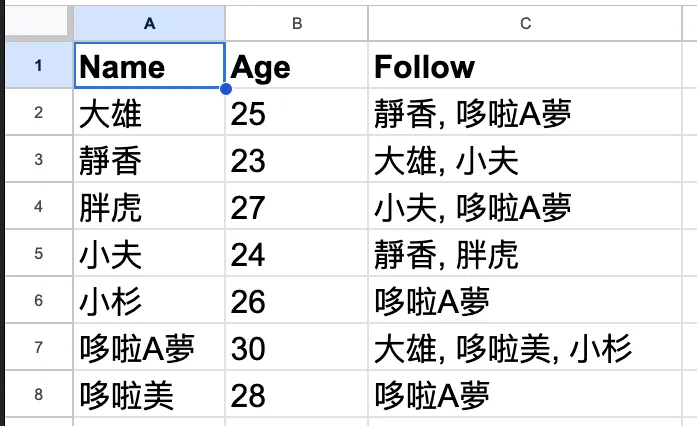
Advantages of Graph Databases: Handling Multi-Level Relationships
When our needs extend beyond simple information retrieval to exploring relationships, the relational table structure may no longer suffice. For example, on a social platform, analyzing user follow relationships or interaction frequency is better suited for a Graph Database. This type of database represents data relationships using nodes (e.g., users) and edges (e.g., relationships), enabling rapid retrieval of connections within complex networks.
Advantages of Graph Databases
- Efficient Relationship Queries: Directly handles multi-level and multi-node relationship queries.
- Flexible Structure: Ideal for representing and managing complex network relationships.
- Intuitive Visualization: Nodes and edges provide a clear visual representation of data interactions and connections.
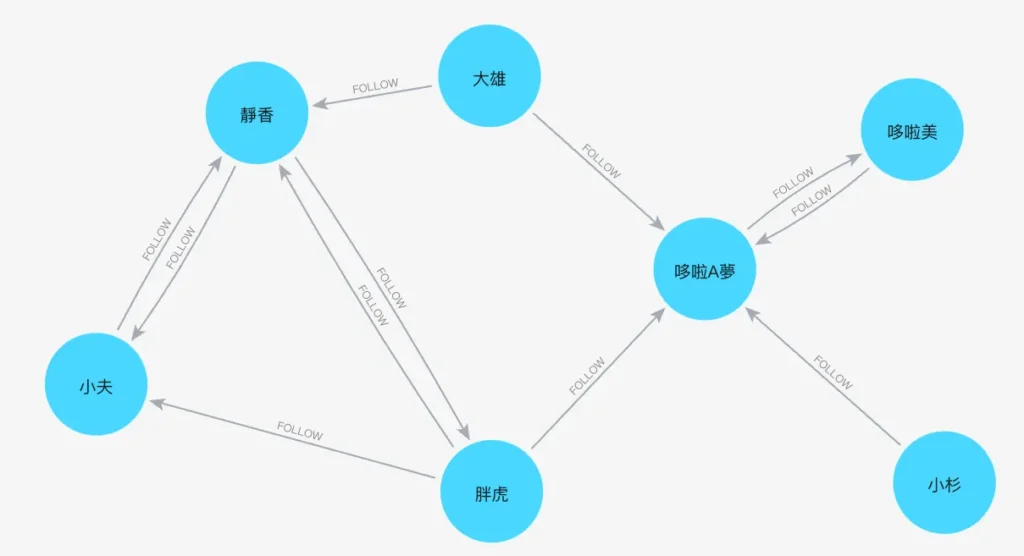

Marketing Applications: Gaining Insights into User Needs from Data Relationships
Graph databases also play a unique role in marketing and promotion. For example, by combining users’ shopping behaviors with social interactions, we can create clear consumer profiles and make predictive recommendations. Suppose on an e-commerce platform, based on the purchasing trends of a consumer named “Daxiong” and their followed accounts, we can reasonably predict their potential needs, enabling more targeted and precise marketing.
Through the discussion above, we hope to help you understand the basic concepts of databases and their application value. However, technical implementation still requires professional expertise to fully maximize their benefits.









